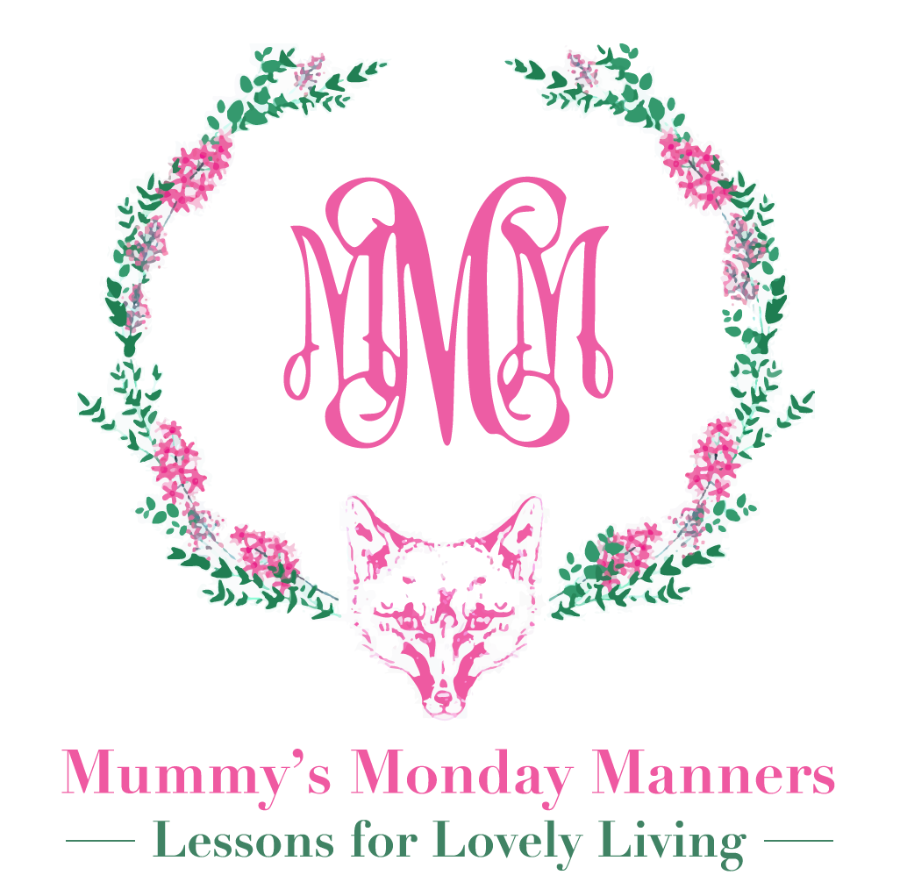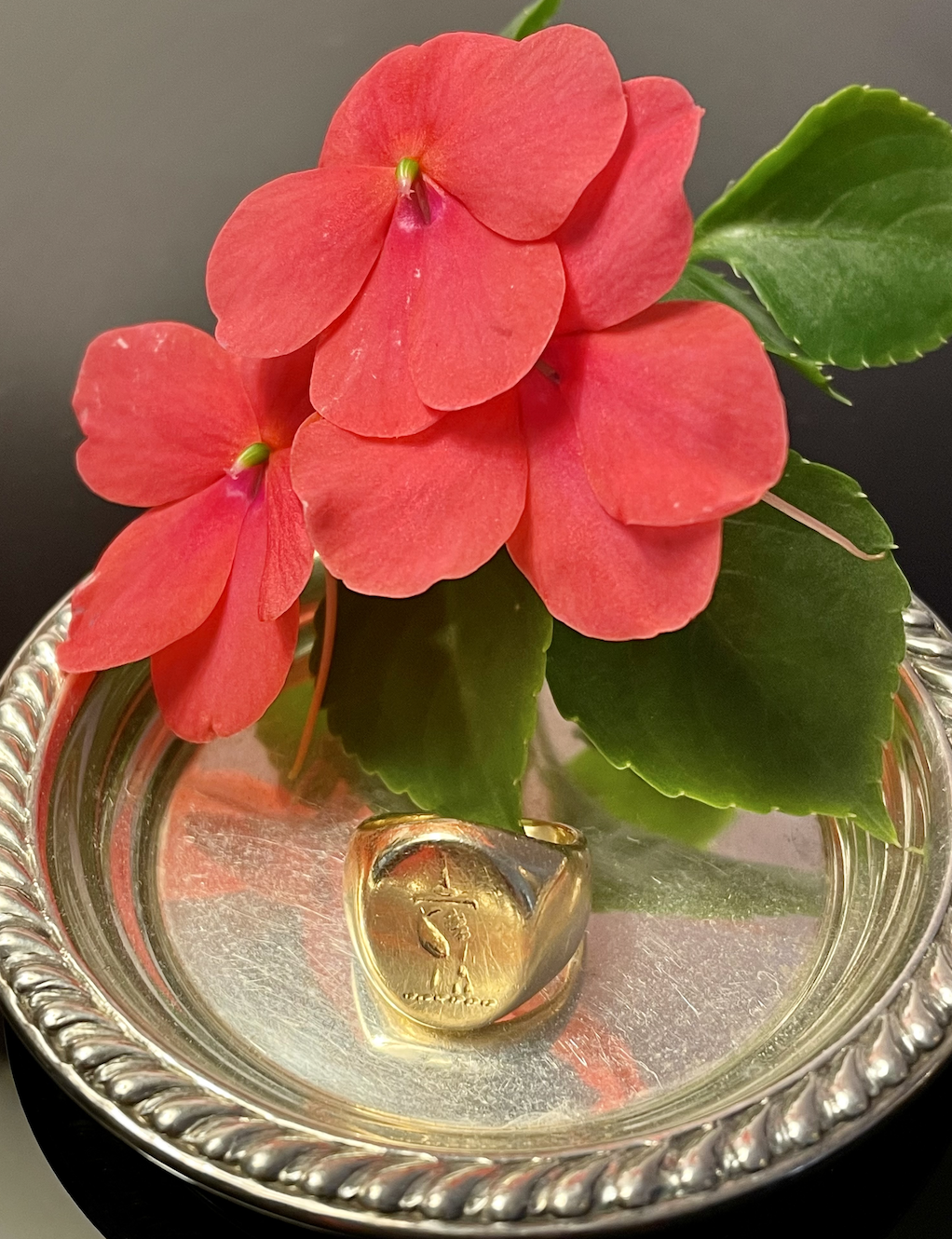My grandfather, Major John Johnston Kirkpatrick, attended the Royal Military Academy at Sandhurst in England and served in Tientsin, China. He was an avid horseman and polo player. While there, he met my grandmother, who was English too, but born in Tientsin, China where her father was a Western diplomat advising the Qing Dynasty on trade.
Recently, while visiting Foxcroft School for girls in Middleburg, Virginia with my husband, I had a flashback to my wedding. My dear college friend and bridesmaid, who had attended Foxcroft, asked me a week before my wedding if I had chosen a wedding band for Stuart. “A wedding band?” I asked. “Do I need one?” “Well,” she answered, “Does his father wear one?” I asked his sister and she confirmed that he did. Thank heavens she posed this question! My British father never wore a wedding band. He only wore a family crest ring on his left pinky. I had no idea about wedding bands for men. The thought had never crossed my mind… call me naive! I quickly visited a jewelry store in Richmond to purchase a wedding band, and I prayed that it would fit. Thank heavens, it still does after 45 years!
My father, my brother, and my father’s British brother, all wore the same traditional yellow gold, oval-faced signet ring, aka crest ring, on their left pinky finger, with the Kirkpatrick family crest engraved on it. My beloved father died when I was sixteen, so asking him why he did not wear a wedding band was not an option as a young 21-year-old bride. I am grateful that Mummy gave me my father’s signet ring, especially since my middle name is Kirkpatrick. She too had been given her family crest ring.
In medieval times, members of nobility used these rings to seal letters or mark important documents. By the 14th century, official documents were required to have the seal of the King’s signet ring, which was the most prized seal of all. Tantamount to a signature, the signet ring was used as a seal when dipped in hot wax, to show authenticity, similar to a fingerprint or an embossed seal of a notary republic today! The signet ring wax seal was considered more official than a signature, because the ring had specific markings identified by the person wearing it, thus avoiding forgery.
The signet ring has also been referred to as a “gentleman’s ring,” and has a long and fascinating history. They have been worn by people of influence and noblemen for centuries, and have been used to establish lineage and social standing. Typically, British crest rings are engraved with the family crest, and usually not the full coat of arms or armorial shield. Inherited signet rings are still worn by aristocratic families in Europe, such as the Royal family in England. Prince Charles’ signet ring, featuring the feathers of his emblem, is worn on his left pinky finger, whilst Sir Winston Churchill wore one on his right hand.
Our Kirkpatrick family ring has only the "crest," not the shield or "coat of arms."
I cherish my crest ring and the family history it represents. When you meet someone wearing one, realize that it is a subtle hint into their past. It can be simply fascinating to learn more about them through the explanation of their ring. And, this is why I was inspired to introduce you to the concept that there is a secret story quietly hidden within the engraving of a crest ring.
Forbidden Faux Pas:
No-no: To wear a crest ring that does not belong to your family lineage. Instead, design a signet ring with your monogram, or wear one with the seal of a society you belong to, a college, a club, or something of significance to you, thus making the ring an authentic representation of you.
A portion of the Kirkpatrick coat of arms, depicted on my family crest ring, is a hand with a dagger and three drops of blood. The clan motto for the coat of arms is, “I mak sikkar,” meaning, “I make sure.” During the Scottish Wars of Independence, Kirkpatrick drew his dagger to assist Robert the Bruce and said these words. The main historic seat of Kirkpatrick is Closeburn Castle, in the late 1300s.
Special Giveaway!
Pop over to my Instagram page for the chance to win this lovely, pretty in pink Hermès scarf! Tell your friends, too!




